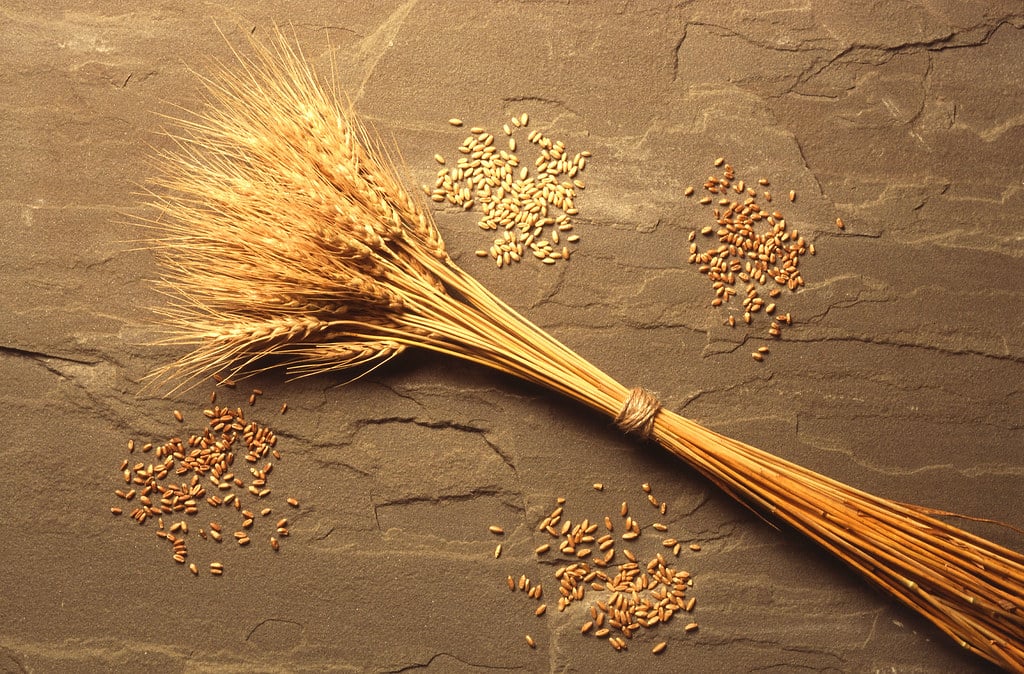Continuing focus on seed innovations is an ongoing effort to feed a hungry planet… roughly 7.25 billion people today are forecasted to grow to 10 billion by 2050. This is a daunting challenge with our limited resources of arable land, potable water, nutrient availability and know-how.
Today’s plant breeders and scientists have done an admirable job of moving the needle of on-farm yields contributions from breeding efforts. In the past it was considered that breeding efforts contributed 50% to on-farm yields as compared to “environment and agronomic practices”. A fairly recent study now pegs that at 70%, which makes sense with all the efforts at breeding for disease, pest and climatic tolerances into new varieties and hybrids not to mention the yield genes and quality traits being developed.
None of this would have happened if global interest hadn’t introduced a set of guidelines to encourage more investment into plant breeding. This began in Paris around 1961 with the implementation of the International Union for the Protection of New Varieties of Plants (UPOV) in Geneva. There have been several revisions in 1972, 1978 and 1991. As UPOV’s website states, “UPOV’s mission is to provide and promote an effective system of plant variety protection, with the aim of encouraging the development of new varieties of plants, for the benefit of society.”
Today in a global seed sector valued at around $48-63 billion and growing at an 8.1% CAGR, there are 17 countries bound by the UPOV78 convention and approximately 60 states and two organizations (EU27 & AIPO17) bound by UPOV91. All providing a framework for a country implementation of Plant Breeders’ Rights.
In the U.S., this is implemented as Plant Variety Protection certificates as administered by the USDA Plant Variety Protection Office (PVPO). The Commissioner of the USDA PVPO, Jeff Haynes, estimates over 300 PVP certificates have been issued in 2022 for new varieties of sexually reproduced, tuber propagated, and asexually reproduced plants. These provide 20-25 years of protection to breeders or IP owners. The Plant Variety Protection Regulations were revised and published on January 6, 2020, to add asexually reproduced plants to the PVPO. The addition of asexually reproduced plants opened up new opportunities for the agricultural industry and has expanded the scope of protection provided by PVPO to over 200 species of plants. Sexually reproduced varieties still account for more than 86% of the applications received by PVPO, followed by 8% for tuber propagated varieties and 6% for asexually reproduced varieties but these have been growing. The top five crops received by PVPO for protection are soybean, corn, wheat, potato and lettuce.
The U.S. also has other types of intellectual property that incentivize plant breeders to continue their important work that is administered by the U.S. Patent and Trademark Office (USPTO). Utility patents, plant patents, trademarks and copyrights are other mechanisms that incentivize breeders and seed companies to continue to invest 8-30% of revenues into new seed innovations.
However, the U.S. is only a small part of a global effort working at driving seed innovations via education and outreach of the benefits of these intellectual property (IP) systems incentivizing plant breeders, scientists and seed companies to grow at an 8.1% CAGR.
As an example, there are UPOV implementations around the world at the state or organization level such as the European Community Plant Variety Office(CPVO), the South African Registrar for Plant Breeder Rights or the Chinese Division for PVP Examination, Development Center of Science and Technology, Ministry of Agriculture and Rural Affairs.
Along these efforts you have seed trade organizations that focus on consumer and policy outreach efforts to harmonize implementations, mediate issues and educational outreach to growers and consumers. These groups include our own American Seed Trade Association, Seed Innovation protection Alliance, Seeds Canada, International Seed Federation, Seeds of America Association, EuroSeeds, Anti Infringement Bureau, Breeders Trust and Asia and Pacific Seed Association to name a few.
Many of these organizations work with integrated communication channels to assure harmonious implementation without trade implications.
All working together to keep feeding the goose that laid the golden egg needed to feed a hungry planet!
Want to Read More from SIPA? Check Out:
Seed Innovations: How Far Have We Come in Vegetables Flowers?











